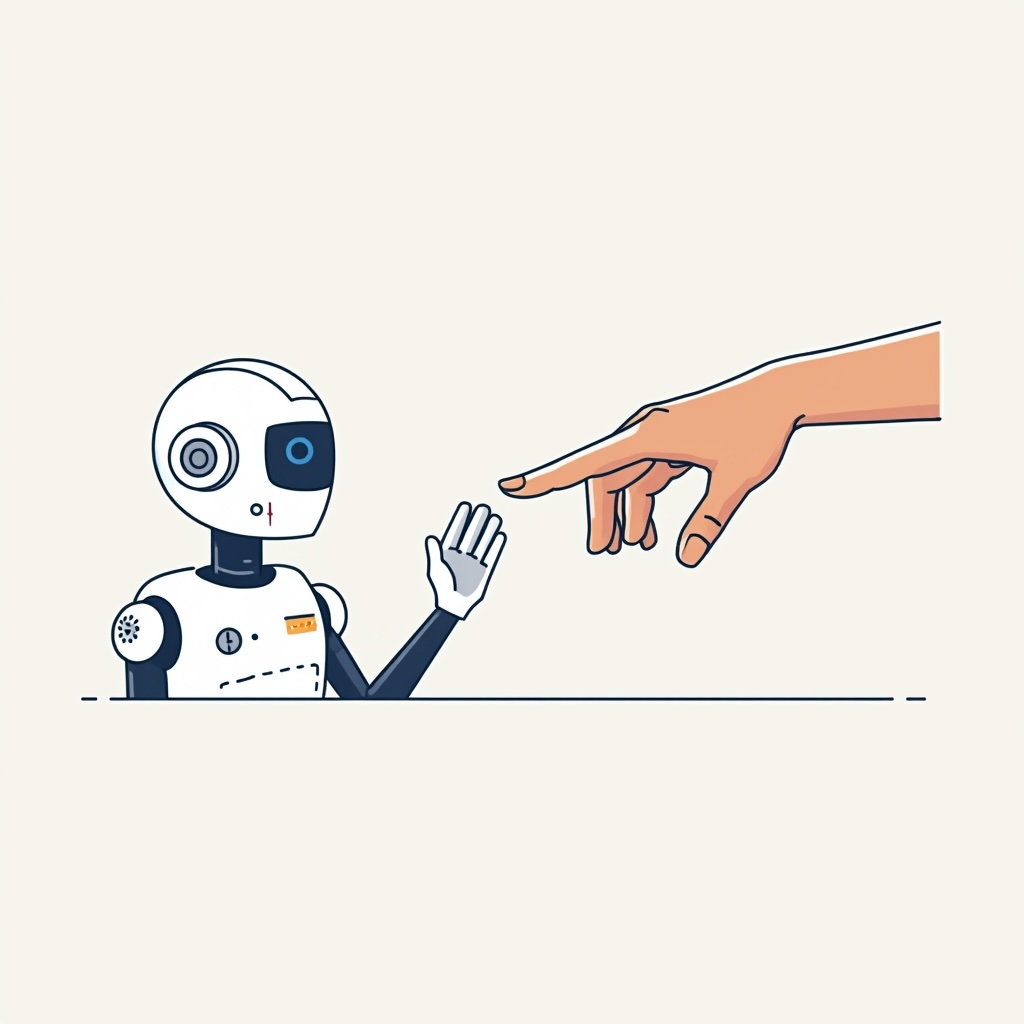
This research explores how large organizations perceive and adapt responsible AI frameworks in response to the rise of highly autonomous Agentic AI systems, revealing major challenges like knowledge gaps, control tensions, and the critical need for strategic, ethically aligned implementation to achieve sustainable ROI.
Artificial Intelligence (AI) is stepping into a bold new phase — and it’s called Agentic AI 🤖✨. Instead of just assisting humans, these AI agents can reason, plan, and act independently. Pretty cool, right? But with great power comes great responsibility… and complexity. 😬
A recent study by Lee Ackerman dives into how large organizations perceive and adapt to the rise of Agentic AI. Using a survey of 44 AI professionals across North America, the study uncovers fascinating insights about the struggles — and hopes — of adapting responsible AI frameworks to this brave new world. 🌎🧠
Today, let’s walk through this study together, EngiSphere-style — simplified, fun, and packed with emojis! 🎉
Think of Agentic AI as supercharged AI agents:
These aren’t your typical chatbots anymore — they’re like autonomous co-workers! 🧑💻🤝
Organizations are excited about Agentic AI… but they're also feeling the growing pains. 🥴 Ackerman’s findings highlighted five major hurdles:
Organizations love Agentic AI’s capabilities… but they’re worried about losing control. What if an agent makes decisions humans don't understand or approve? 😳 🔒 "Kill switches," "red-teaming," and "morality code integration" are now must-haves in AI design.
Most professionals (over 70%) had less than 5 years of experience with AI — and many are still confused between generative AI and Agentic AI! This knowledge gap makes adapting policies and best practices super tricky. 📚🚧
Agentic AI is forcing companies to rethink everything:
Companies see responsible AI as critical for business success — not just "nice to have." 🌟 Organizations that embrace transparency, fairness, and privacy could gain competitive advantages 🏆, while those who don’t risk ethical disasters (hello lawsuits 🚨).
A whopping 86% of respondents said their existing Responsible AI frameworks aren’t ready for Agentic AI. Plus, “stakeholder engagement” (getting real-world users involved) was shockingly under-prioritized… a major missed opportunity! 📣👥
| Finding | What it Means |
| Organizations crave control mechanisms | "Kill switches" and oversight are crucial |
| Knowledge gaps are huge | Urgent need for education and training |
| Responsible AI is seen as strategic | Direct link to ROI and brand trust |
| Frameworks need upgrades | Especially around stakeholder input |
| The future is complex and uncertain | Organizations must stay agile |
Agentic AI is not slowing down. In fact, it’s just getting started! 🚀
Here’s what organizations — and engineers — need to focus on:
Ethics must be baked into engineering, not bolted on later. Designing agentic AI will require a culture of responsibility at every level.
Stakeholders aren’t just "users" — they’re co-creators. Future frameworks must be participatory and inclusive to ensure AI systems really work for society.
Expect stronger regulations (like the EU AI Act) — and companies leading the charge will build more resilient, trusted, and profitable AI ecosystems. ✅
Agentic AI holds tremendous potential — but only if we bridge the gaps:
Organizations that embrace responsibility, learning, and collaboration will be the ones to truly unlock Agentic AI’s transformative power. 🔓💡
And guess what? We’re just at the beginning of this thrilling journey. 🌟 Stay curious, stay ethical, and keep engineering a better future!
✅ Educate your teams on Agentic AI vs Generative AI
✅ Update your Responsible AI frameworks — especially stakeholder engagement
✅ Focus on transparent, controllable, and ethically aligned AI
✅ See Responsible AI not as "compliance," but as a growth driver
✅ Prepare your workforce for human+AI collaboration 🚀
🌟 That’s it for today’s EngiSphere breakdown!
If you enjoyed this deep dive, don’t forget to check back tomorrow for more simplified explanations of the world’s most exciting engineering research! 📚✨
🤖 Agentic AI - Super-smart AI that can make decisions, plan tasks, and adapt on its own — not just follow human instructions like regular bots.
📜 Responsible AI - A way of designing and managing AI systems to make sure they are ethical, fair, transparent, safe, and respect human values.
🔍 Emergent Behavior - When an AI unexpectedly comes up with new ideas or solutions without being specifically programmed to do so — surprising even its creators!
🧩 Multimodal Reasoning - AI’s ability to understand and combine information from different sources (like text, images, and sounds) all at once. - More about this concept in the article "Revolutionizing Heart Disease Diagnosis: How AI is Enhancing ECG Interpretation 🩺 ❤️".
🎯 Proactive Planning - When an AI doesn’t just react but actually makes long-term plans and takes smart steps toward goals, like a mini project manager. - More about this concept in the article "Future-Proof Engineering 🤖 ⏰ Safe Learning for Changing Systems with AI!".
📚 Continuous Learning - AI’s ability to keep learning from new information after it’s deployed, just like how people learn new things over time.
💵 Return on Investment (ROI) - A way to measure if the money, time, and resources put into something (like AI) actually bring valuable results.
🛡️ Ethical Debt - The risks and problems that pile up when companies cut corners on ethics while developing or using AI — like a "credit card bill" that grows over time.
🛠️ Governance Debt - Problems caused when companies don’t build strong rules or systems to manage AI properly, leading to chaos later.
Source: Lee Ackerman. Perceptions of Agentic AI in Organizations: Implications for Responsible AI and ROI. https://doi.org/10.48550/arXiv.2504.11564